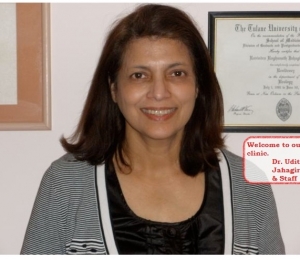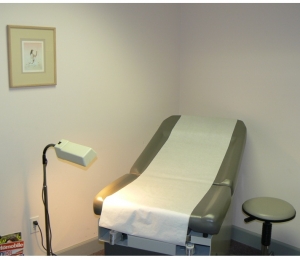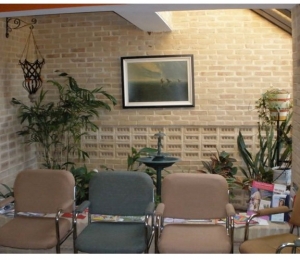JAGADISH CHANDRA BOSE
A Scientist and Humanist
Ever so often, a period or place in time is blessed with an individual who catapults human knowledge to a new level of consciousness. Such a person was Sir Jagadish Chandra Bose – a scientist and true humanist at heart – ranked among the ten most famous Bengalis of all times. “The true laboratory is the mind, where behind illusions we uncover the laws of truth” he declared.
Born in November 30 1858 in Munshigang, now in Bangla Desh to a progressive family, his father was a leading member of the Brahmo Samaj, who balked the trend among aristocrats by sending him to a vernacular school as he believed that one must know his mother tongue before learning English. The young Jagadish sat in the company of the son of his father’s Muslim attendant and the son of a fisherman both supported by his father, where he listened to their stories of local flora and fauna and developed an abiding interest in botany and nature. At home, his mother treated all his friends equally, oblivious of caste and creed.
He invented the Crescograph in the early 20th century – a device for measuring growth and tiniest of movement in plants and their response to external stimuli. It was for this and other inventions that Bose was awarded knighthood in 1917. It is reported that the central hall of the Royal Society of London was jam packed with famous scientists as Bose dipped a plants roots in a bromide solution and plugged in his instrument – which showed tremors, and then convulsive movements that abruptly ceased as the plant succumbed to the noxious agent. He was able to demonstrate that plants had feelings and responded to positive and negative influences much like animals.
Bose went to St. Xavier’s College, Calcutta where he came in contact with a Jesuit Father Eugene Lafont who played a significant role in developing his scientific side. Bose wanted to study in England to compete for the Indian Civil Service like his father, however the latter wanted his so to be a scholar who would “ rule nobody but himself”. He attempted a brief stint at studying medicine but odors of the dissection room affected his health and he transferred to Christ’s College in Cambridge. He pioneered radio and microwave technology, reducing the waves to millimeter level.In Kolkata Town Hall Lieutenant Governor Sir William Mackenzie,witnessed Bose’s demonstration of ringing a bell at a distance and igniting gunpowder remotely. He called his wave receiver “ Mercury Coherer”. He also invented the radio transmitter and receiver but true to his nature did not believing in patenting any of his research for commercial gain. In his travels he met Guglielmo Marconi who was commercializing his work on radio waves. Marconi did acknowledge the importance of Bose’s research. The Wi Fi we enjoy today owes much to Bose’s pioneering works.
Bose did encounter racism and lack of funding while in Cambridge and upon his return to India, but what galled him more than ever was that in his position as a Professor of Physics at Cambridge College in Calcutta he was paid about a third less than his British counterparts and publication of many of his research was suppressed. He refused to accept any remuneration for three years, and ultimately the administration caved in, matched his pay and also covered all his back pay. His lectures were packed with students as he openly discussed all his research findings.
Due to lack of funds he often had to conduct his experiments at his home. It is said that Sister Nivedita provided him some financial support and edited his numerous publications.
Bose is also regarded as the father of Bengali Science Fiction. In 1896 a businessman Hemendra Mohan Bose hit upon a novel marketing ploy to promote his brand of hair oil called Kuntalin. He instituted a short story competition that would feature the Kuntalin hair oil. Bose won the prize for his scientific mystery “Polatak Toofan”- The Runaway Cyclone where a balding voyager on a ship to Ceylon, threatened by a cyclone that would destroy Kolkata remembers the bottle of Kuntalin hair oil given to him by his daughter, and pours it on the stormy waters and there by calms the surface- a “butterfly” effect – minor changes making a major impact. He went on to write several other novels and short stories.
Bose married an eminent feminist and social worker Abala Bose. He won many accolades during his lifetime in India and abroad. Rabindranath Tagore conferred upon him the title of “Acharya” and lauded him in verse. Dr. Neville Mott, who won the Nobel Prize in 1977 for his research in solid state electronics remarked that J. C Bose was at
least 60 years ahead of his time; A crater on the moon is named after him, On 30th November 2016, Bose was celebrated in a Google Doodle on the 158th anniversary of his birth. To commemorate his birth centenary the JBNST scholarship program was started in West Bengal in 1958, and in the same year a postage stamp bearing his portrait was issued. On September 2012, Bose’s experimental work in millimeter band radio was recognized as a Milestone in Electrical and Computer engineering, the first such award in India.
Bose died on November 23, 1937 in Giridih Bihar at age 78. A true “renaissance man” – he is an inspiration today and to the generations of the future.
Udita Mukhuty Jahagirdar
Recent Posts











